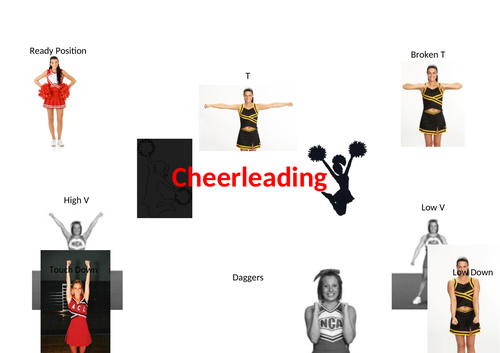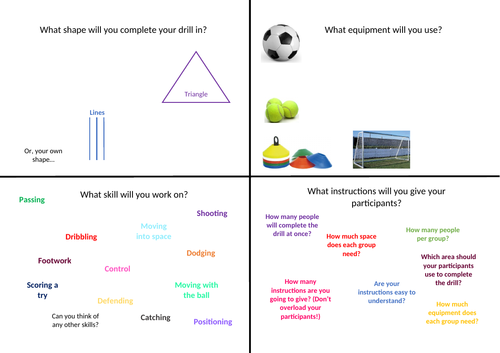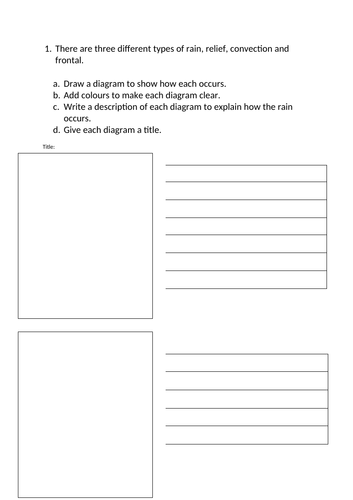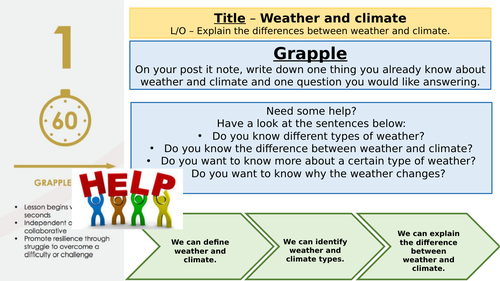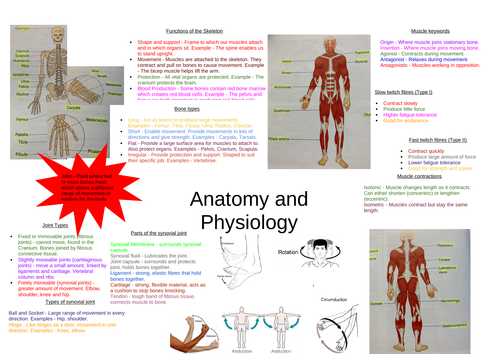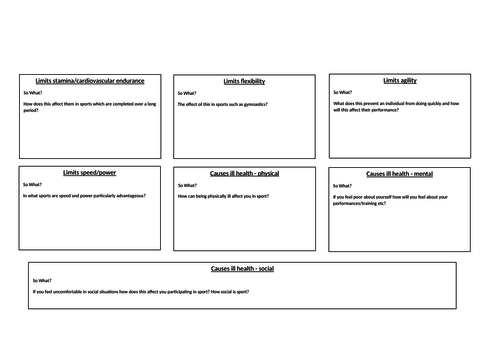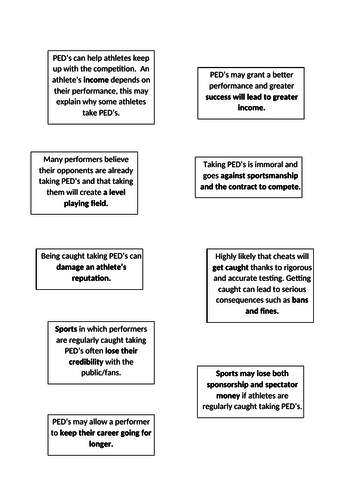C_payne5936's Shop
I currently work overseas in an international school after leaving England. Therefore, I have resources that cover a wide range of exam boards and specifications as well several subjects including: PE, Geography and Primary. All resources in my shop have been used in my own lessons and so I can comment on their suitability and engagement success.




